Stuttgart, Germany, is a captivating destination that offers a perfect blend of history, culture, and innovation. Known as the birthplace of the automobile and surrounded by picturesque vineyards, this vibrant city has something for everyone. Whether you’re a car enthusiast, a history buff, or a lover of fine wine and food, Stuttgart stands out as a must-visit destination. In this blog, we’ll explore the top attractions, practical tips for your visit, and everything else you need to know to make the most of your trip to Stuttgart, Germany.
Table of Contents
Planning Your Visit: Practical Information for Tourists
Practical Info for Tourists Stuttgart, Germany is a great destination for tourists who want to experience history, culture and modernity. To make the most of your trip here’s some practical info to help your visit run smoothly.
Getting to Stuttgart, Germany
Stuttgart is well-connected to major European cities, making it easy to reach. If I am being honest, I would prefer to go Stuttgart by Train.
- By Air: Stuttgart Airport (STR) serves international and domestic flights and is located just 13 Km south of the city centre. The S-Bahn (suburban train) links the airport directly to the city in about 30 minutes.
- By Train: Stuttgart is a key stop on Germany’s high-speed ICE train network, connecting it to cities like Berlin, Munich, and Frankfurt.
- By Car: The city’s location in the heart of Baden-Württemberg makes it easily accessible via the A8 and A81 motorways.
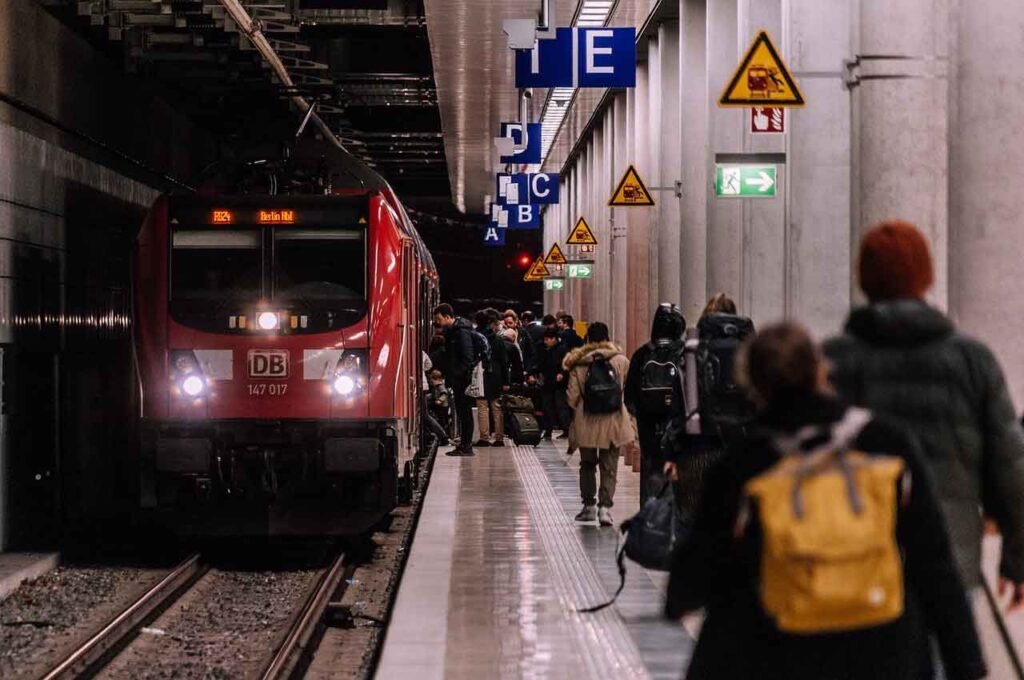
Best Time to Visit
Stuttgart has something to offer year-round, but the best times to visit are:
- Spring (March to May): When the city’s parks and vineyards bloom.
- Fall (September to October): During the Cannstatter Volksfest, one of Germany’s largest beer festivals.
- Winter (December): Stuttgart’s Christmas Market is one of the most picturesque in Europe.
Transportation in Stuttgart
Getting around Stuttgart is simple thanks to its efficient public transport system.
- Trains and Buses: The VVS (Stuttgart Transport and Tariff Association) operates an extensive network of U-Bahn (subway), S-Bahn, buses, and trams. Tickets can be purchased at stations or through the VVS app or website.
- Walking and Cycling: Stuttgart’s city centre is compact and pedestrian-friendly, while bike rentals are available for exploring the surrounding areas.
- Car Rentals: Ideal for trips to nearby attractions like the Black Forest or Swabian Alps.
Local Etiquette and Tips
- Language: While German is the official language, many locals speak English, especially in tourist areas.
- Currency: Germany uses the Euro (€). Credit and debit cards are widely accepted, but it’s wise to carry some cash for small purchases.
- Tipping: A tip of 5–10% is standard at restaurants.
Safety and Emergency Information
Stuttgart is generally safe for tourists, but it’s always good to stay vigilant:
- Emergency Numbers: Dial 112 for medical or fire emergencies and 110 for police.
- Local Laws: Public transport requires a valid ticket at all times to avoid fines.
Top Attractions in Stuttgart, Germany.
Stuttgart, Germany, is a city rich in history, culture, and innovation. From iconic landmarks to hidden gems, it offers a wide variety of attractions for every type of traveler. Here’s a guide to the top attractions in Stuttgart that you shouldn’t miss.
1. Mercedes-Benz Museum
The Mercedes-Benz Museum is a must-visit for car enthusiasts and history buffs alike. Located in Stuttgart, the birthplace of the automobile, this museum showcases the history of the Mercedes-Benz brand and the evolution of automotive engineering. Visitors can explore over 160 vehicles, including some of the earliest cars ever built.
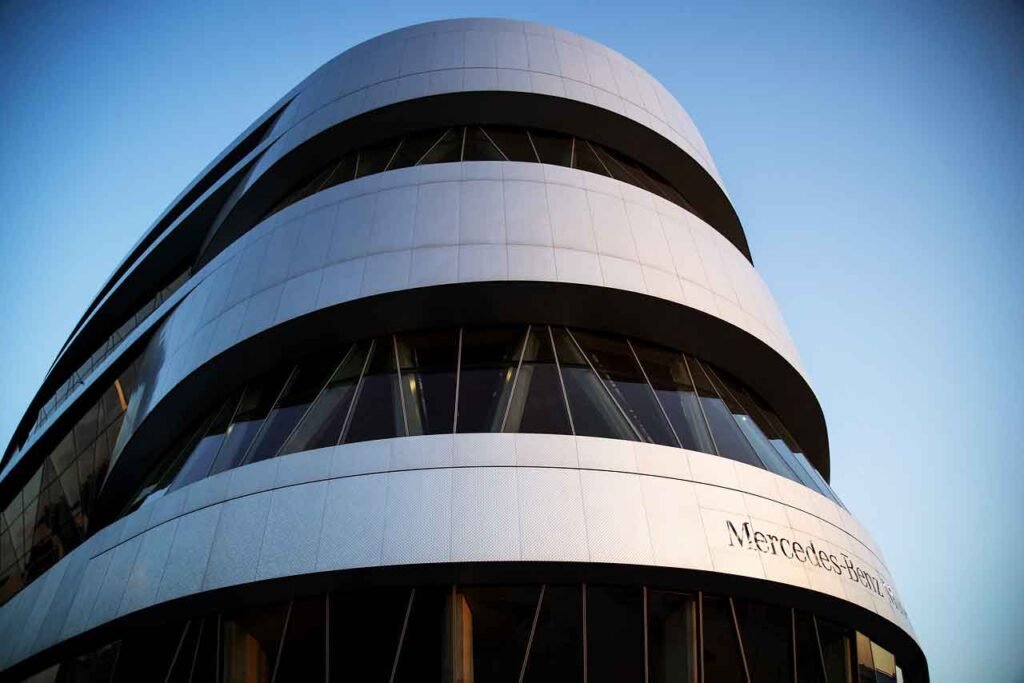
2. Porsche Museum
Another gem for car lovers is the Porsche Museum. This sleek and modern building houses a collection of classic and contemporary Porsche models. Interactive exhibits and rotating displays make it a fascinating experience for visitors of all ages.

3. Stuttgart TV Tower (Fernsehturm)
The Stuttgart TV Tower is an iconic landmark and one of the best spots to enjoy panoramic views of the city and surrounding vineyards. As the world’s first television tower made of reinforced concrete, it’s a piece of architectural history as well.
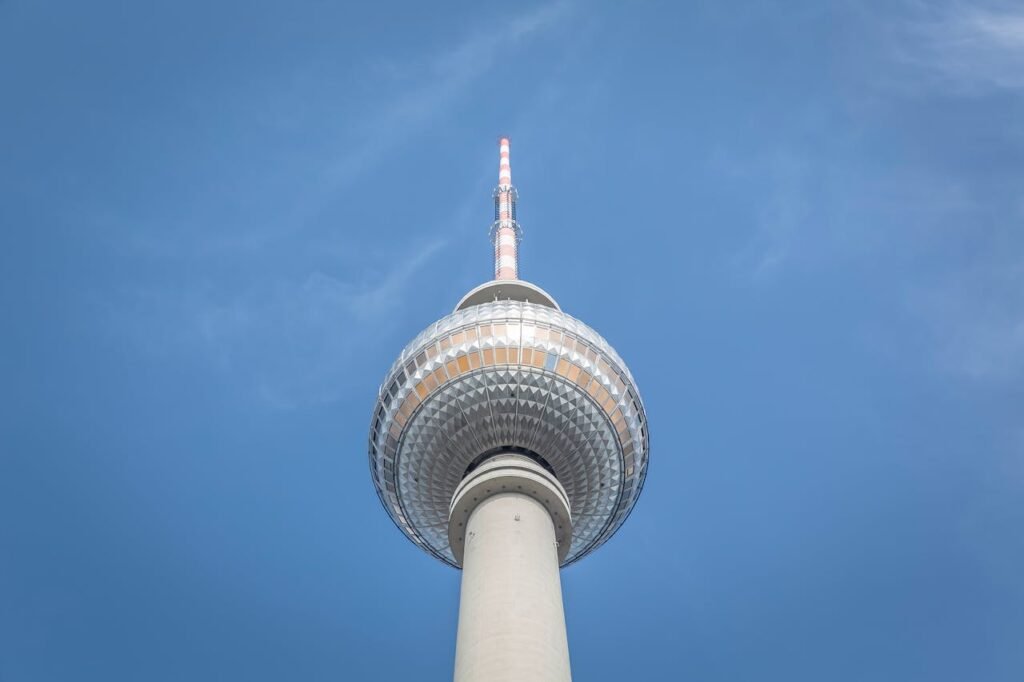
4. Schlossplatz
Schlossplatz is the vibrant heart of Stuttgart. Surrounded by historic buildings like the New Palace (Neues Schloss), this square is a popular gathering spot for locals and tourists. The beautifully landscaped gardens and fountains make it a great place to relax or take a stroll.
5. Wilhelma Zoo and Botanical Garden
Wilhelma is a unique combination of a zoo and a botanical garden. Originally built as a royal palace, it now features a wide variety of animals and plants from around the world. It’s a family-friendly attraction that offers something for everyone.
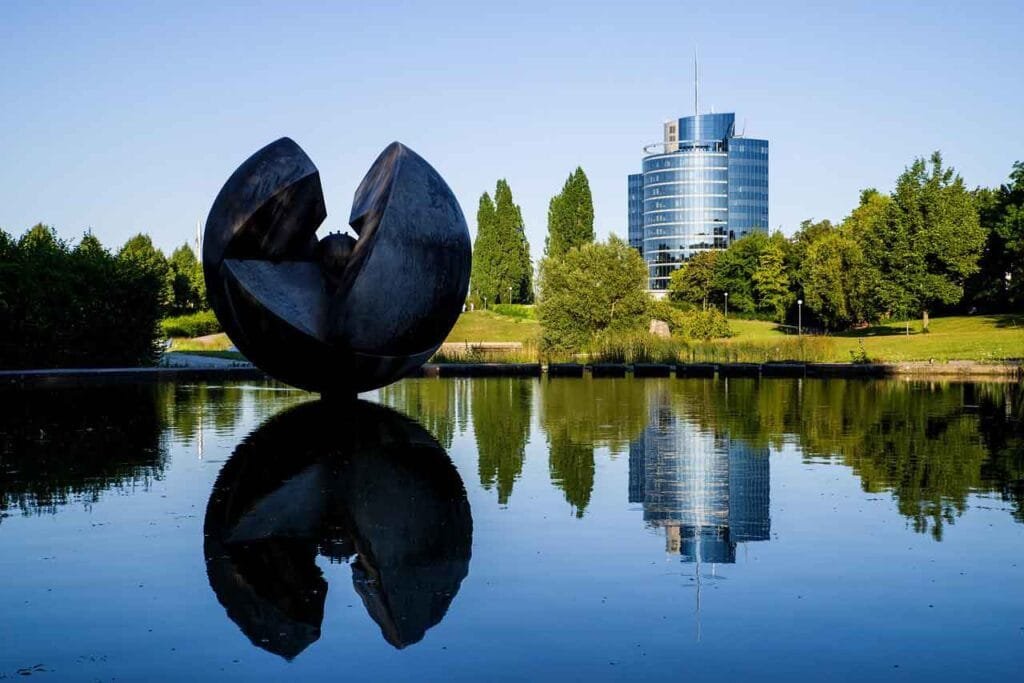
6. Ludwigsburg Residential Palace
Located just outside Stuttgart, Ludwigsburg Residential Palace is one of Europe’s largest baroque palaces. Visitors can tour the lavish interiors, stroll through the gardens, and even enjoy seasonal events like the Pumpkin Festival.
7. Stuttgart State Gallery (Staatsgalerie)
Art lovers will appreciate the Stuttgart State Gallery, which boasts an impressive collection of European art from the 14th century to the modern era. Highlights include works by Picasso, Rembrandt, and contemporary artists.
8. Killesberg Park
Killesberg Park is a green oasis in Stuttgart, perfect for a relaxing day outdoors. The park features beautifully designed gardens, a small train for children, and the Killesberg Tower, which offers stunning views of the city.
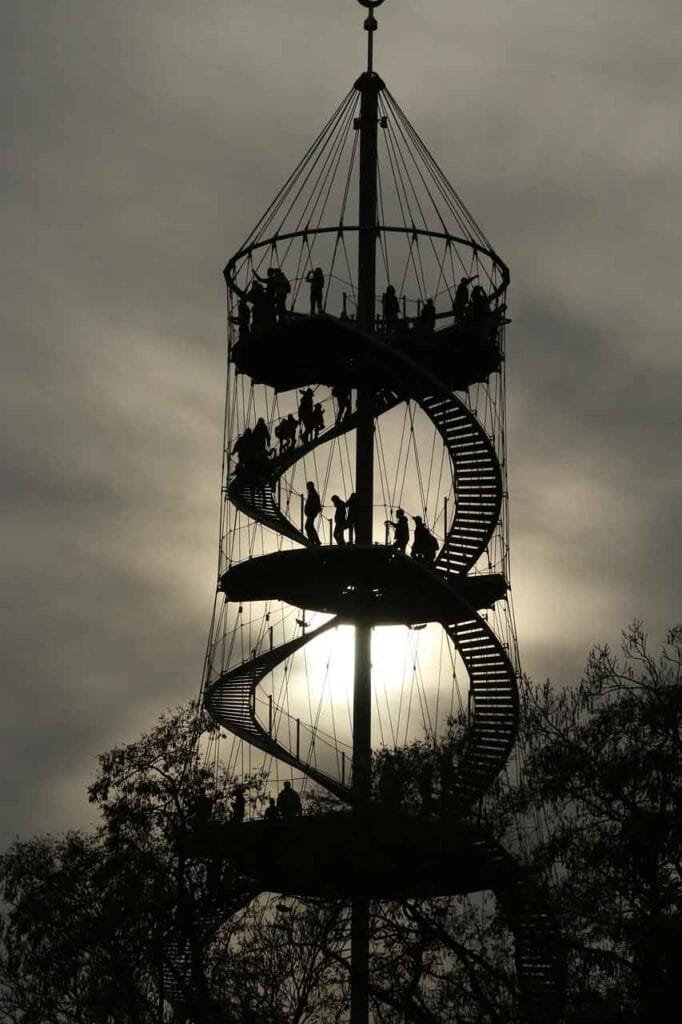
9. Cannstatter Volksfest
If you’re visiting Stuttgart in the fall, don’t miss the Cannstatter Volksfest. Known as one of Germany’s largest beer festivals, it combines traditional German food, music, and funfair rides for an unforgettable experience.
10. Stuttgart Vineyards
Stuttgart is surrounded by picturesque vineyards, making it an ideal destination for wine lovers. Many local wineries offer tours and tastings, giving you the chance to sample regional specialties like Trollinger and Riesling.
Frequently Asked Questions.
Stuttgart, Germany, is a city full of charm, history, and innovation. If you’re planning a visit or simply curious about this fascinating destination, here are answers to some of the most frequently asked questions about Stuttgart.
1. Where is Stuttgart, Germany, located?
Stuttgart is located in the southwestern part of Germany, in the state of Baden-Württemberg. It lies in a valley surrounded by vineyards, hills, and forests, making it a scenic and vibrant hub in the region.
2. What is Stuttgart known for?
Stuttgart is best known as the birthplace of the automobile and is home to iconic car brands like Mercedes-Benz and Porsche. The city also boasts beautiful vineyards, historic landmarks, and a rich cultural scene, including museums, theaters, and festivals.
3. Is Stuttgart, Germany, expensive?
Stuttgart can be moderately priced compared to other German cities like Munich. Costs for accommodation, dining, and transportation vary, but budget options are available, making it accessible for all travellers .
4. What is the public transportation like in Stuttgart?
Stuttgart has an excellent public transportation system, including U-Bahn (subway), S-Bahn (suburban trains), buses, and trams. A single ticket allows transfers across all modes of transport. The city is also walkable and bike-friendly.
5. What food is Stuttgart known for?
Stuttgart is famous for Swabian cuisine. Don’t miss:
- Maultaschen: German dumplings.
- Spätzle: A type of egg noodle.
- Rostbraten: Roast beef with onions.
Pair your meal with local wines like Riesling or Trollinger.
6. Are there day trips I can take from Stuttgart?
Yes, Stuttgart is a great base for day trips to:
- The Black Forest.
- Heidelberg’s historic old town.
- Hohenzollern Castle.
- The Swabian Alps.
7. Is Stuttgart safe for tourists?
Stuttgart is a safe city for tourists. Standard precautions like keeping an eye on your belongings in crowded areas are recommended, but violent crime is rare.
8. What festivals and events take place in Stuttgart?
Stuttgart hosts several festivals, including:
- Cannstatter Volksfest: One of Germany’s largest beer festivals.
- Stuttgart Wine Festival: Celebrating local wines.
- Stuttgart Christmas Market: A festive winter highlight.
9. What language is spoken in Stuttgart, Germany?
German is the official language, but many people in Stuttgart, especially in tourist areas, speak English. Learning a few basic German phrases can be helpful and appreciated.
Conclusion
Stuttgart, Germany, is a city that seamlessly blends history, culture, and innovation, offering an experience that’s truly unique. Whether you’re exploring its world-class museums, savoring Swabian cuisine, or marveling at its stunning landscapes, Stuttgart has something for everyone.
From its rich automotive heritage to its vibrant festivals and picturesque vineyards, Stuttgart stands out as a destination worth visiting. It may not have the global fame of Berlin, but its charm lies in its ability to surprise and delight visitors with every turn.
If you’re looking for a city that offers both modern sophistication and a deep connection to tradition, Stuttgart, Germany, is the perfect choice. Plan your trip today and discover why this hidden gem deserves a top spot on your travel bucket list!










